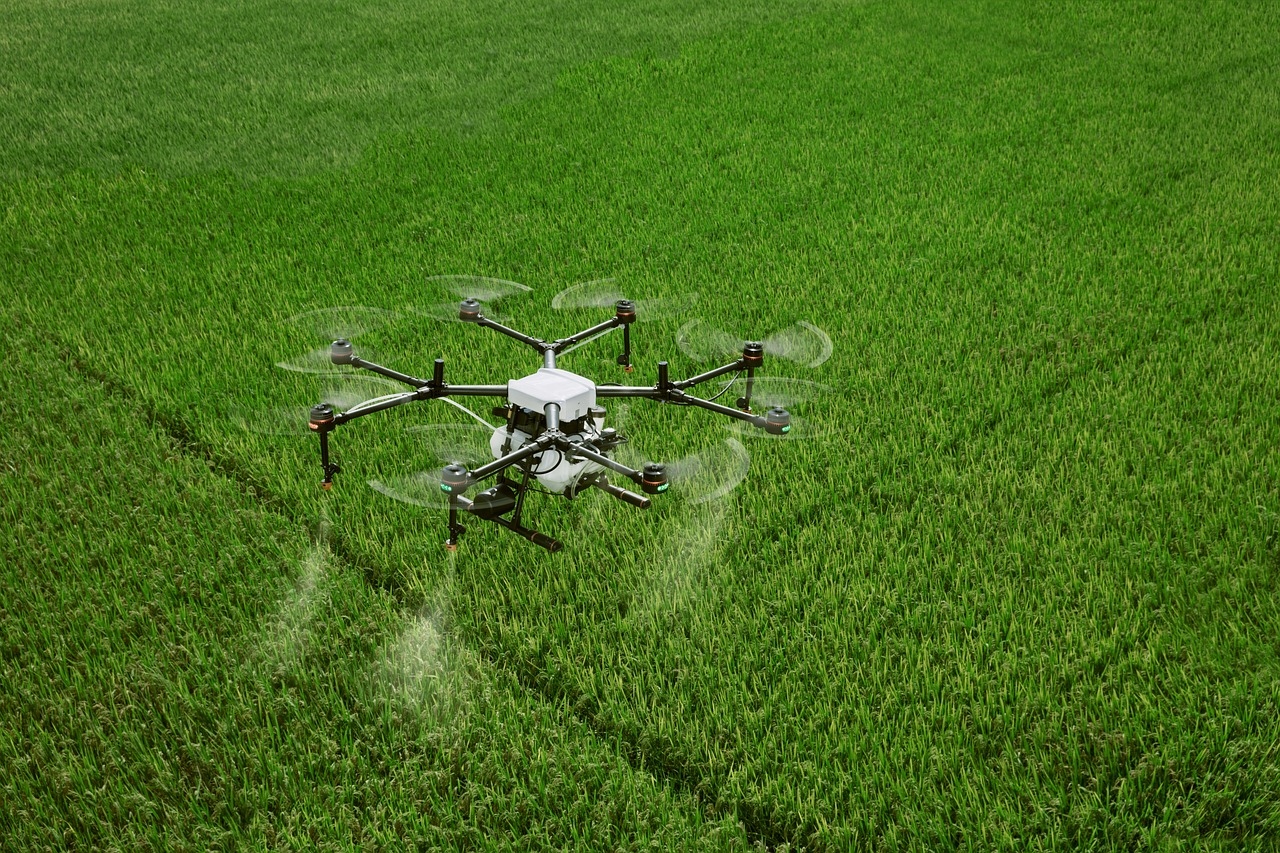The Revolution in Agriculture: How Drones are Transforming Crop Spraying
In recent years, technology has made significant strides in various industries, and agriculture is no exception. Among the most impactful innovations in modern farming is the use of drones for crop spraying. This advancement is not just a fleeting trend but a substantial shift in agricultural practices, promising to increase efficiency, reduce costs, and enhance crop yields. This article explores how agriculture drones are transforming crop spraying, examining their benefits, applications, challenges, and the future outlook of this technology.
1. Introduction to Agriculture Drones
Drones, or unmanned aerial vehicles (UAVs), have traditionally been associated with military and recreational uses. However, their application in agriculture is a recent development that is proving to be highly beneficial. In crop spraying, drones are equipped with specialized tanks and nozzles to deliver pesticides, herbicides, and fertilizers precisely where they are needed. This method is gaining traction due to its potential to revolutionize traditional farming practices.
2. Benefits of Drone Spraying in Agriculture
One of the primary advantages of using drones for crop spraying is their precision. Traditional spraying methods, such as ground-based tractors or aircraft, can be less accurate, leading to over-application or under-application of chemicals. Drones, on the other hand, can be programmed to follow specific flight paths and apply substances at precise rates, minimizing waste and reducing the risk of chemical runoff into non-target areas.
Another significant benefit is the efficiency and time-saving aspect. Drones can cover large areas quickly and can access difficult or uneven terrain that may be challenging for ground-based equipment. This capability allows farmers to manage their crops more effectively and respond faster to pest outbreaks or nutrient deficiencies.
Additionally, drones reduce the need for human labor in hazardous conditions. By automating the spraying process, drones help protect workers from exposure to harmful chemicals and reduce the physical strain associated with manual application methods.
3. Applications of Drones in Crop Spraying
Drones are versatile tools that can be adapted to various agricultural needs. In addition to spraying pesticides and fertilizers, they can also be used for monitoring crop health, mapping fields, and assessing soil conditions. Equipped with advanced sensors and imaging technology, drones can capture high-resolution images and data, providing valuable insights for precision agriculture.
For instance, drones can detect areas of a field that are suffering from nutrient deficiencies or pest infestations, allowing farmers to target treatments more effectively. This targeted approach not only improves crop health but also reduces the overall amount of chemicals used, contributing to more sustainable farming practices.
4. Challenges and Considerations
Despite their many advantages, agriculture drones also face several challenges. One of the primary concerns is regulatory compliance. Different countries have varying regulations regarding the use of drones, including restrictions on where and how they can be flown. Farmers need to be aware of and adhere to these regulations to ensure safe and legal operation.
Another challenge is the cost. While the price of drones has decreased over time, the initial investment in high-quality equipment and technology can still be substantial. Farmers must weigh this cost against the potential benefits and consider factors such as return on investment and long-term savings.
Technical limitations also pose a challenge. Drones have limited battery life and payload capacity, which can affect their efficiency in larger fields. Advances in battery technology and drone design are expected to address these issues, but farmers must currently manage these limitations when planning their spraying operations.
5. The Future of Drone Technology in Agriculture
The future of agriculture drones looks promising as technology continues to advance. Innovations in drone design, such as longer battery life, improved sensors, and enhanced automation, are expected to further enhance their capabilities. Additionally, the integration of artificial intelligence and machine learning could lead to even more precise and efficient spraying techniques.
As the agricultural industry embraces these technological advancements, drones will likely become an integral part of modern farming practices. Their ability to increase efficiency, reduce costs, and promote sustainability positions them as a key tool in the future of agriculture.
Conclusion
Agriculture drones are revolutionizing crop spraying by offering precision, efficiency, and safety benefits that traditional methods cannot match. While there are challenges to overcome, the continued development and adoption of drone technology hold great promise for the future of farming. As the industry evolves, drones will play a crucial role in shaping the future of agriculture, helping farmers to achieve better yields, reduce environmental impact, and embrace more sustainable practices.

